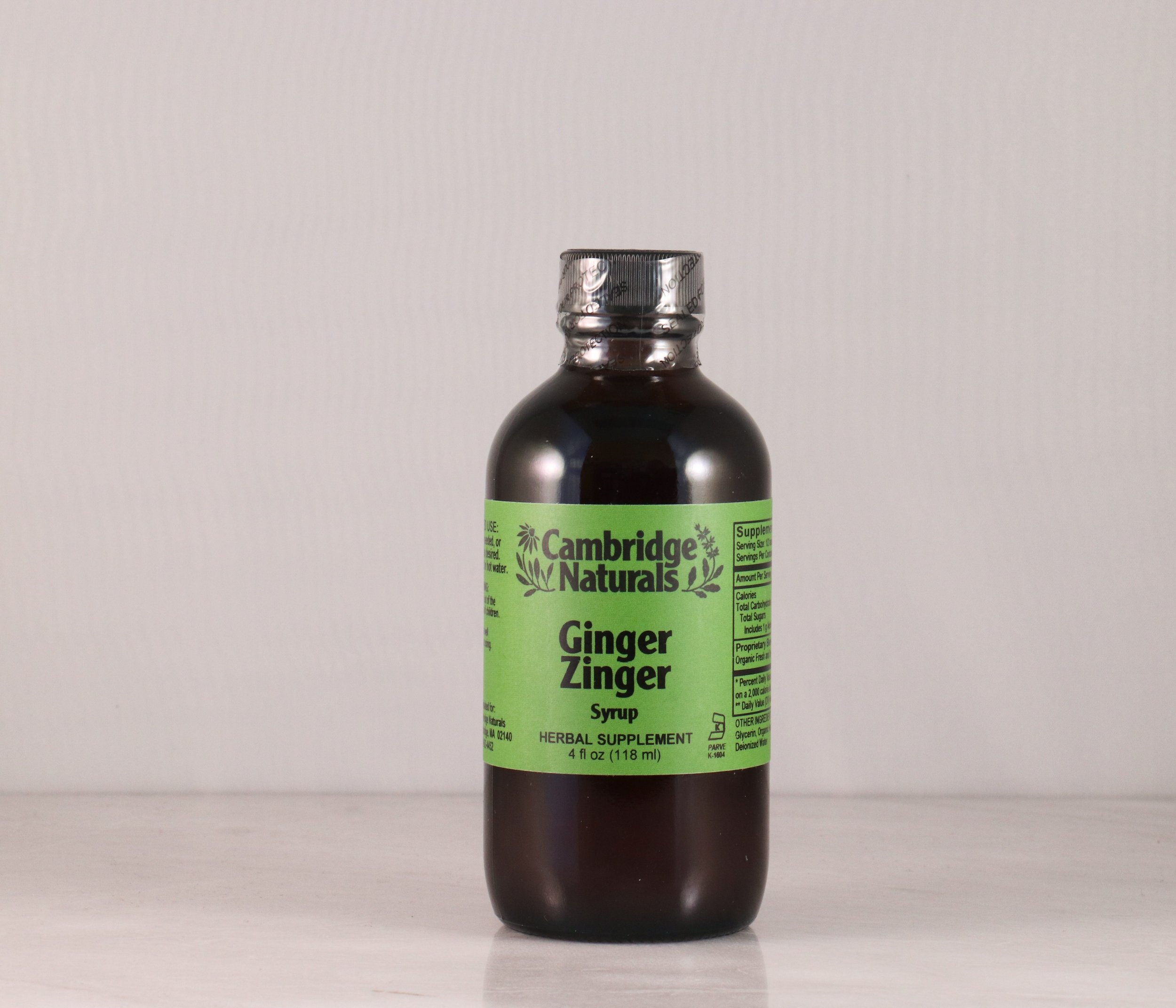By Steph Zabel
Herbalist, Ethnobotanist and Educator
Photo by Rosendahl via Wikimedia Commons
The Rose family (Rosaceae) is one of the most beloved botanical groups; humans have had a deep affinity for these plants for thousands and thousands of years. Not only does this family produce beautiful flowering plants such as spirea, potentilla, lady’s mantle, agrimony and hawthorn, but also important fruit crops such as pears, peaches, plums, cherries, quinces, almonds, raspberries and strawberries. What would our world be like without these delights?!
Of all these family members, Rose is the most well-known and sought-after. She is the true queen of flowers.
Photo by Renee Ricciardi via Wikimedia Commons
While most people are familiar with the aesthetic and olfactory beauty of the rose, in this country there tends to be less familiarity with the fruit of the rose, i.e. the rosehip.
I adore using rosehips this time of year, when the scarlet fruits become full and ripe. All roses will develop hips once their flowers fade, but depending on the species they vary in shape, color, texture and taste. The hip of the dog rose, Rosa canina, is often sold commercially for tea. Around our neck of the woods we are lucky to find Rosa rugosa, the beach rose, which produces the most beautiful, large, tomato-like fruits.
So why would we want to use rosehips?
First of all, these fruits are a delicious wild edible. They are nutritive and tart, and can be infused into a tea that is high in many vitamins, especially Vitamins A and C. Even though citrus fruits get all the glory for being a great source of Vitamin C, rosehips actually contain a higher concentration of this important vitamin and are in fact one of the richest botanical sources of it.
We cannot produce our own Vitamin C so it is essential that we obtain it from food. It is needed for producing hormones, neurotransmitters and hormones in the body. Having plenty of this vitamin in the diet has been correlated with a reduced risk of cancer and cardiovascular disease. In addition, Vitamin C supports the immune system and has been shown to shorten the duration of the common cold. This makes rosehips an excellent addition to fall and winter tea blends.
Photo by Oceancetaceen via Wikimedia Commons
Like other red-hued herbs and fruits such as schisandra, hawthorn, and hibiscus, rosehips are high in bioflavonoids which have an antioxidant action that prevents free radical damage in the body. These bioflavonoids also strengthen heart and blood vessels.
Perhaps a lesser known use of rosehips are its effect on the digestive system. The hips are anti-inflammatory and soothing, and so are useful for hot, inflammatory conditions in the gut such as ulcers, colitis or Crohn’s. They are also a gentle laxative that is traditionally used for mild constipation; the natural pectin content has a beneficial, soothing effect on the intestinal tract.
Above all, rosehips are a food. They are commonly harvested to be made into jams and jellys; they can also be baked into pies, used as a thickener for sauces (because of their pectin content), and can even be made into a beautiful soup! (Check out this Swedish rosehip soup recipe I discovered!
Photo by Steph Zabel
HOW TO USE ROSEHIPS
- Infusion: use 1 tsp. of dried rosehips per cup of hot water. Let steep 10-15 minutes.
- You can also decoct rosehips to make a darker, stronger brew but you will lose much of the Vitamin C content with boiling.
- Freshly gathered rosehips can also be made into jam or jelly.
- Blends nicely with other herbs for a subtle, tart flavor. Try blending with holy basil, mint, lavender and/or lemon balm.
MAKING AN OXYMEL
The combination of honey, vinegar and herbs creates an ancient preparation called an oxymel. This simple medicine dates back to the time of the Greeks and has been used for many different ailments, but most especially for digestive and respiratory issues. Today we can make oxymels as a delicious way to preserve our favorite herbs, or to create a medicinal tonic.
The simplest method of making an oxymel is to mix together equal parts honey and apple cider vinegar and pour this mixture over your herbs to steep. (Use more vinegar for a thinner oxymel, less vinegar for a more syrup-y oxymel.)
Photo by Steph Zabel
ROSEHIP OXYMEL RECIPE:
- Fill a pint sized jar 1/3 full of dried rosehips or 1/2 full of fresh, chopped rosehips.
- Cover with a vinegar/honey mixture (start with a 1:1 ratio of vinegar: honey).
- Stir it up to remove air bubbles and cover the top of the jar with a sheet of wax paper before capping if using a metal lid. (Or use a plastic lid to avoid corrosion from the vinegar.)
- Shake those hips! Really… Shake the jar often to make sure the herb does not clump together. Add more vinegar if necessary.
- Let infuse for 2 – 6 weeks. Then strain out using a cheesecloth and store in a tightly capped bottle out of direct sunlight.
Use this tart honey-vinegar concoction directly by the spoonful, or add to seltzer water for a refreshing drink. You can also use it as the base for sauces, marinades and salad dressings.
REFERENCES
Botanical Online
Oregon State
Sacred Earth
Vegetarian Nutrition
Steph Zabel, MSc, is an herbalist and educator who helps urban dwellers connect with the plant world. She teaches herbal classes, is available for individual wellness consultations, and is also the founder of HERBSTALK, Boston’s community herbal conference. Learn more about her work at: www.flowerfolkherbs.com and www.herbstalk.org.
*The next Herbstalk event is the Wintergreen Herbal Market taking place on November 26th at the Armory in Somerville! More details can be found here.
This blog series — Herbs and Botanicals— is for general health information only. This Web site is not to be used as a substitute for medical advice, diagnosis or treatment of any health condition or problem. Users of this Web site should not rely on information provided on this Web site for their own health problems. Any questions regarding your own health should be addressed to your own physician or other healthcare provider.















